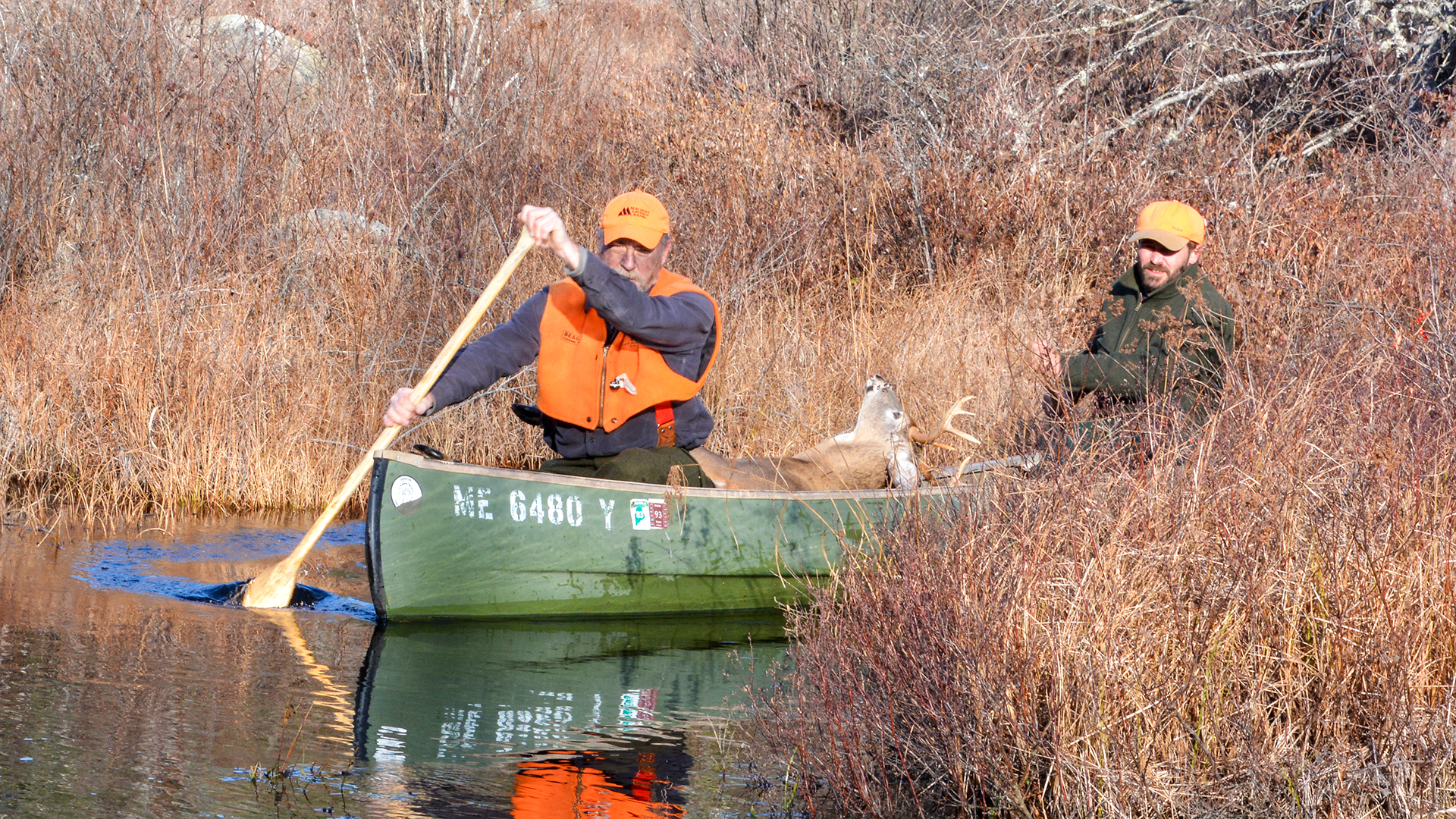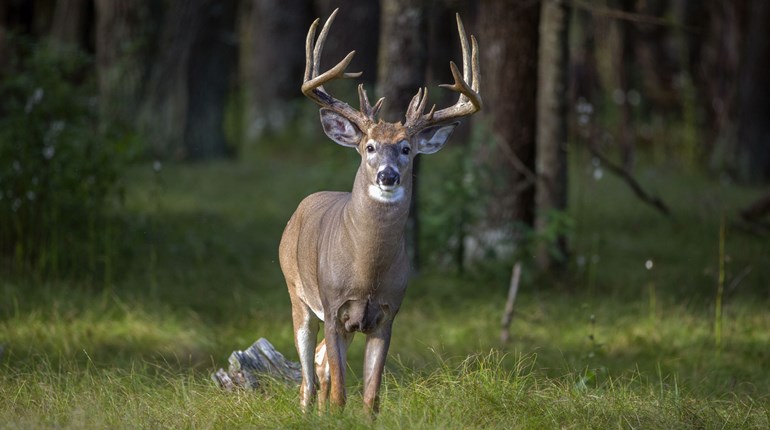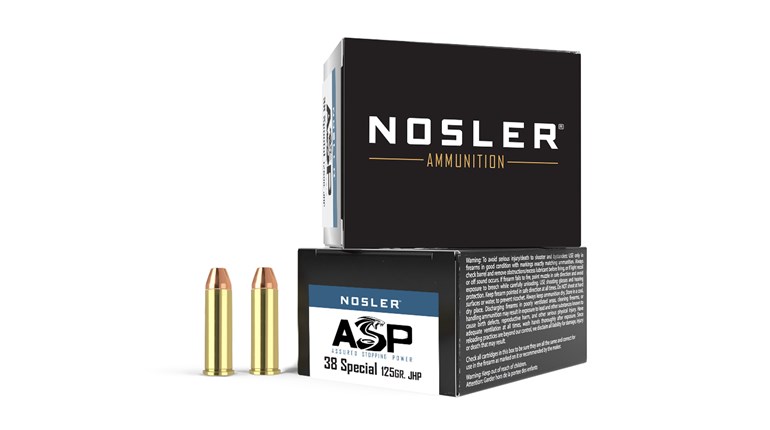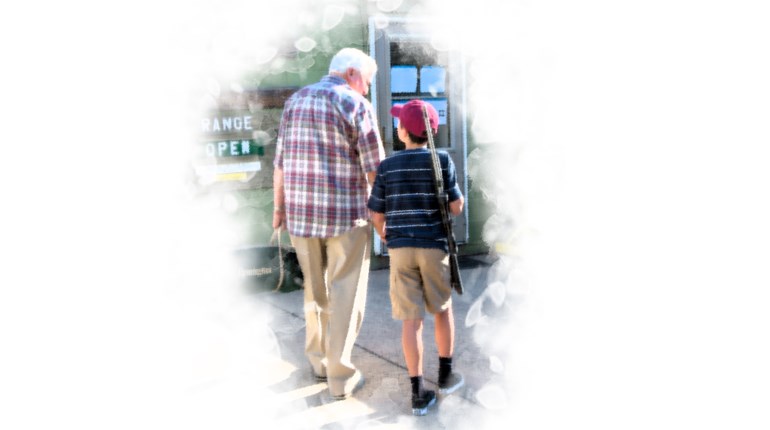
When there is no snow to track, there are three kinds of hunters in the North Woods. First is the sitter who finds a place, often open hardwoods, where he can see a lot of real estate. For him a successful day is to sit dawn to dark and be glad he saw a rabbit. The second is the guy who never sits down, just walks all day. He measures success by how far he walked that day. If he sees a deer, it’s usually a whitetail crashing through the woods.
Third is the guy who shoots deer.
If there is a tougher place to hunt white-tailed deer than the big woods of the North when tracking snow is but a wish, I haven’t found it yet. Still, so many hunters, including me, return year after year. The why of that is complicated, but it sure ain’t for the high success rate. Still, in any given group of hunters there is always one guy who fills his tag more often than not. Is it because he has super-secret ninja hunting skills? Or is it because he is fit and can out-walk everybody else? Or is it because he is smarter than all the other hunters and most of the deer? No.

It’s because he is adaptable. He can change with the conditions. When the snow is good, he is a tracker. Most successful North Country whitetail hunters are. When the bucks are on the move and the ground is bare, he is a sitter and when the weather is favorable, he will still-hunt. But he does it all with planning and forethought.
Any hunter needs to adapt to the conditions. Much of the short, northeastern hunting seasons happen in November when the buck’s behavior is fluid and dynamic. For the most part Northern deer breed in a very small window of time. That’s so that the fawns can be born with the best chance of survival. The early part of the season is often just prior to the breeding.
If they could only get lucky for a few days a year how would most men act? We would be crazy with the anticipation. We would fight each other in frustration and we would spend a lot of time looking for a mate that is willing. We wouldn’t worry about sleep or food, that stuff wastes time. We would be looking for hot babes. Deer take that to the next level.
When the bucks are on the move, a smart hunter will find a good spot to wait. The trouble is that the North Woods are big and usually homogenous. Deer populations are thin. Good spots are rare. You can wait until you turn to dust in many places and never see a buck. So the key is location, location, location!

One of the more productive ways to find the spot is to use maps or apps like OnX Hunt to help predict where a buck will move. Find the low passes over the mountain where it’s less work to cross, or chokepoints like beaver bog crossings. A river, ledges or other physical barrier will direct movement.
It’s always best if these spots are near doe activity. Find the does and sooner or later a buck will show up. That can mean looking for food sources, but that’s an iffy thing in the North. Sometimes you just need to find the thickest cover where the does can escape from randy bucks. Those sleek does can run through thick trees faster than a wide-racked buck and they use this to maintain their virtue when they are not yet interested.
Many bucks often don’t bother to show up at these locations, but rather scent-check while traveling downwind of the does. If you find a chokepoint down wind of a doe-infested area, you found the winning ticket and it’s getting close to the time for you to turn into the guy who sits all day.
Those frustrated bucks like to mark their territory with scrapes. They also rub trees to strengthen their necks and torsos for fighting. One or two scrapes or rubs are indications that there was a buck there at some time. Half an acre of land that is torn up with fresh sign is better than a week of tracking snow. Like Arnold, that buck will be back.
 Don’t waste time hunting woods without sign. Too many hunters pick a style of hunting then a place. Instead, find the place with buck sign then pick the style of hunting that works for the ground.
Don’t waste time hunting woods without sign. Too many hunters pick a style of hunting then a place. Instead, find the place with buck sign then pick the style of hunting that works for the ground.
Once you have a location, it’s important to spend a little brain power on how to hunt it. You need a stand that is downwind but will allow you to see the buck when he shows up. I often say, “It’s not about seeing lots of real estate, but the right real estate.” If you can do this from high up in a tree, all the better. This might be the time to try a tree saddle.
For ageing boomers like me who don’t climb much anymore, an improvised ground blind makes more sense. Just remember, nobody, short of a highly trained sniper, can sit perfectly still for long. It only takes a small movement to give away your presence, so build a blind that hides your movements. Use lots of brush, but gather it from someplace where the deer won’t notice. Bring a comfortable seat. Nothing makes you wiggle more than a seat that makes things hurt.
A bit later in November, the does are ready to party and the bucks will stick with them until the woods seem to empty of deer activity. That lockdown is the time to go to the deer. Find the does and hang around downwind waiting for a buck to make a mistake. Be careful, be subtle, be a ninja and stay on the margins.
If you get a rainy day that hides your scent and sound, still-hunting can be very productive. A lot of North Country hunters hate sitting. These days are created to appease them. Not those days of gusting wind and biblical rain—nothing is moving then except stupid hunters. The best is a gentle rain on those days that are still and a bit foggy. Or better yet, the days with big flakes of snow that fall slowly and seem to take forever to reach the ground. Hemingway wrote about this kind of day and how the wildlife seems to be more tranquil and less wary. He was right. They are rare, but these are the days made for still-hunting. Just do it in places where there are deer. Remember, you can waste a lot of time in empty North Woods no matter how you hunt. Find the deer, then hunt.





































